Snow on the ground at STC: 14" (a coating of flurries possible tonight).
Hassle Factor: 4. Dangerous wind chills. Risk of black ice.
Daylight: we've picked up 32 minutes of daylight since the Winter Solstice on December 21. Historically temperatures begin to finally trend upward again the last few days of January, first few days of February.
Heating Degree Days since July 1: 3897. Normal for that same period: 4124 (this means that, believe it or not, we've spent a little over 5% LESS heating our homes and businesses since July in the Twin Cities). Based on heating degree day data from the NWS this winter is running slightly milder than last winter. I know, go figure.
WInd Chill Advisory in effect. A combination of bitter cold and 10-15 mph. winds will make it feel like -25 to -35 F. this morning. Frostbite is possible on unprotected skin within 10 minutes.
Today's Record Low (Twin Cities): -29 F. (1970)
Saturday Night Clipper may drop 3-6" snow on far southwestern Minnesota, a dusting in the St. Cloud metro, maybe 1-2" far southern suburbs Saturday night into early Sunday.
Quality of Life: 97 (highly subjective and subject to change).

A Little Perspective (from Pete Boulay at the MN State Climate Office):
In 2010 the Twin Cities had a low temperature of -15, on January 2.
In 2009 the Twin Cities registered a low temperature of -22, on January 16.
The next coldest: -24 F. on January 30, 2004.
Coldest reading at MSP in recent years? -32 F. on Feb. 2, 1996.
Coldest Modern-day record at MSP? -34 F. in January, 1936
Coldest Pioneer record at MSP? -41 on January 21, 1888
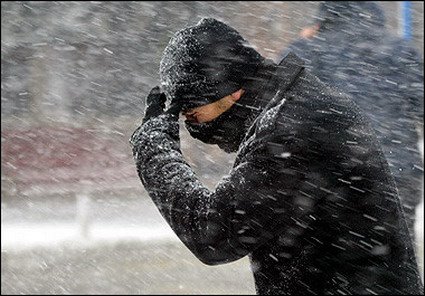
Coldest Day Of The Year, Statistically? January 24
Average Number of Subzero Nights at KMSP? Approximately 30
Average Number of Subzero Days at KMSP? 3
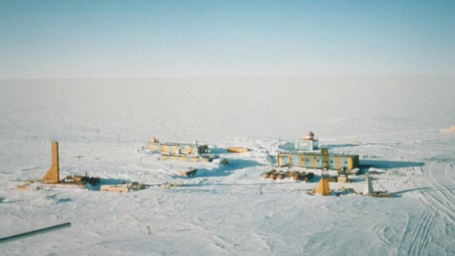

-20 F. Motor oil becomes a thick gel and has much more trouble moving through the engine of a vehicle.
-30 F. Most piston-engine airplanes are grounded because they are prone to a kind of "mechanical hypothermia."
-40 F. Exposed flesh can freeze within 1-3 minutes.
-60 F. Exposed flesh can freeze within seconds.
-60 F. (or colder) Breath turns to ice crystals that fall to the ground. Yikes!


"Cold weather on a modern society has a number of effects, most dramatically on the general population mortality rate. The average mortality on a winter's day is about 15% higher than on a summer's day. Cold weather is directly responsible for deaths through such things as hypothermia, influenza, and pneumonia. It is also an indirect factor in a number of ways such as death and injury from falls, accidents, carbon monoxide poisoning, and house fires all of which are partially attributable to cold.
The sex and race of a person are important when it comes to how susceptible they are to direct cold injury and hypothermia. Non-white elderly men are the most at risk, while white women are the least at risk.
Women have a higher gradient of temperature from the skin to the body core (they're more likely to have cold hands for instance) and so it seems are more able to maintain a constant body core temperature in cold conditions. Subcutaneous fat has a part to play of course as an insulator and women generally have more than do men so helping them stay warm. On the other hand, because of the high temperature gradient from skin to core, women are more likely to suffer from surface cold injury such as frostbite."
So to summarize....women may be (slightly) more vulnerable to frostbite than men, but seem to have better luck with hypothermia, a slow (and sometimes fatal) drop in body temperature.
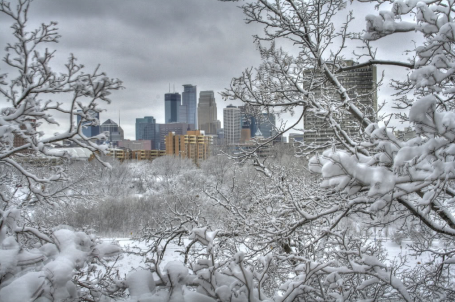

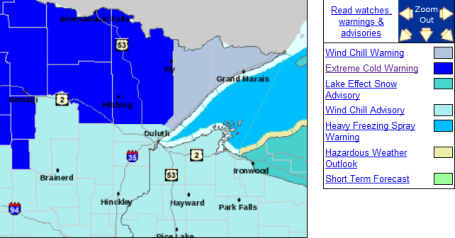
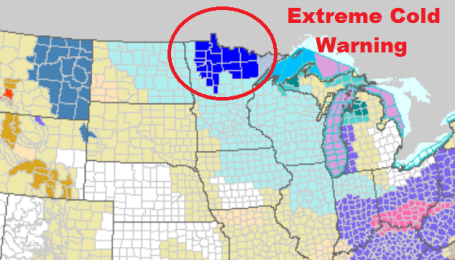
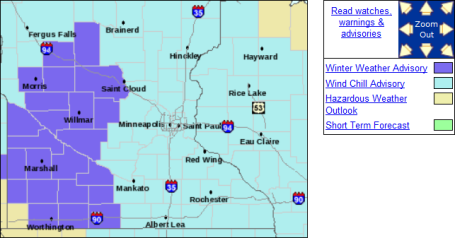

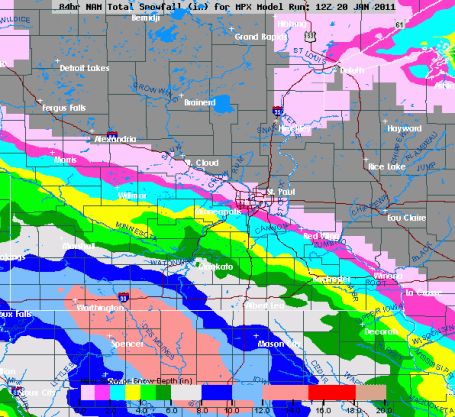
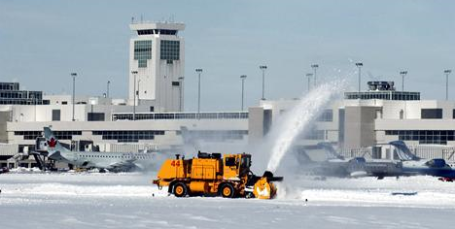
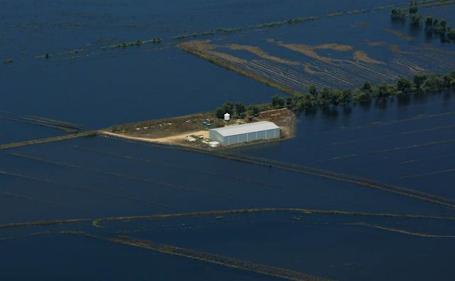
Wall Of Water Swamps Another Australian Town. The worst of the floodwaters have begun to recede across Queensland, but major problems remain. A stoyr from MSNBC.com: "A surging river that crested Thursday flooded and isolated a new community as Australia's flood disaster continued. The flooding in Kerang, in the southeast state of Victoria, strained a levee serving as the main protection between the muddy waters and residents' homes. It follows weeks of massive flooding in northeastern Queensland that the government says could be the nation's most expensive natural disaster ever. Overflowing rivers swamped an area larger than France and Germany combined, shut down much of Queensland's lucrative coal industry and left 30 people dead. Walls of water miles wide are surging across northern and western Victoria in the wake of record rainfall last week. Sixty-two Victorian towns have already been affected by rising waters and more than 3,500 people have evacuated their homes."



Paul's SC Times Outlook for St. Cloud and all of central Minnesota:
FRIDAY: Windchill Advisory. Coldest morning of winter? Yukon sunshine, dangerously cold. Winds: SE 10-15 (feels like -25 to -35 morning hours). High: near 0
FRIDAY NIGHT: Cloudy with very light snow and flurries, coating to 1/2" possible. Low: -11
SATURDAY: More clouds than sun, Boat Show in town. High: 5
SATURDAY NIGHT: Still bitter with very light snow or flurries - coating possible (bulk of the snow falls over southwestern MN, where 2-5" may fall). Low: -12
SUNDAY: Flurries taper, not quite as harsh. More clouds, a bit "milder". High: 13
MONDAY: Patchy clouds, peeks of sun. Low: -3. Hiigh: 16
TUESDAY: Some sun, not quite as numbing. Low: 1. High: 20
WEDNESDAY: Risk of a thaw? Slight chance of dripping icicles? Low: 11. High: 28
THURSDAY: Turning colder again, few flurries in the air. Low: 7. High: 13
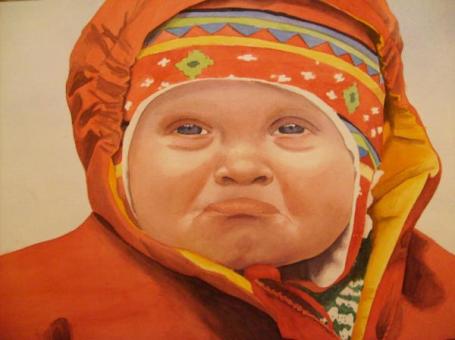
Numb and Number
So you think THIS is cold? Residents of the sleepy little Siberian town of Oymyakon (population 4,000) would merely shrug. On February 6, 1933 the AIR temperature fell to a hair-freezing -90.4 F. Ouch. Kind of makes this morning feel like a Club Med vacation.
Everything is relative, right? Recent winters have trended milder, especially nighttime lows. The 10 warmest years have been observed since 1998 globally. In the Twin Cities the previous 6 winters averaged only 39.3" snow. St. Cloud has already picked up 14" more snow this winter than last, to date. In a word, we've been spoiled, almost pampered in recent years. Along comes a "real winter" and panic sets in. This too shall pass, but not fast enough for most of us.
Clippers brush the metro with a dusting of snow today, a coating possible Saturday night and early Sunday; the pattern not ripe for any commute-crushing snow anytime soon. And long-range models are still hinting at freezing (sound the sirens!) by Wednesday of next week. Too early for spring fever? Absolutely. Models bring another subzero airmass into town the first week of February. We've picked up 32 minutes of daylight since December 21. Sharon Bertrand in Mendota Heights reports "the chickadees are singing their spring song!" It won't be long now. Famous last words.
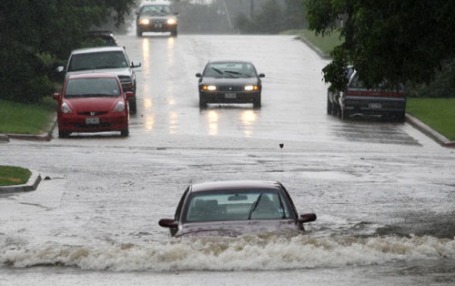
Major Spring Floods Likely In The Upper Midwest. An updated story from USA Today: "The likelihood of significant Red River flooding has risen in North Dakota and Minnesota, the National Weather Service said Tuesday in its latest outlook for the river that has overflowed the past two springs and sent officials and residents in the densely populated region scrambling to save homes and businesses. There is about a 20-percent chance the river at Fargo and neighboring Moorhead, Minn., will surpass the record crest set in 2009 and about a 50-percent chance it will beat last year's crest, which was the sixth-highest on record, the weather service said. Meteorologist Greg Gust said Tuesday that precipitation levels in the Red River Valley are tracking between the high mark set at this time in 1997, when floods wiped out Grand Forks, about 70 miles north of Fargo, and 2009, when the river eventually crested at nearly 41 feet. Flood stage is 18 feet."
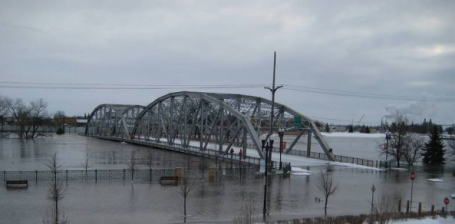
Under The Gun. Another flood potential story from suite101.com:
"As of January 18, 2011, the National Weather Service predicted that 2011 spring flooding of the Red River Valley will be as bad, and maybe worse, than flooding in both the 2009 and 2010 spring flooding seasons.The three major factors that are contributing to this year's flood forecasts are:
- Precipitation and moisture content in the soil - the 2010 fall and summer rainfall was 50 percent above average, so the moisture content of the soil is already very high.
- Water in the snowpack - the Fargo area has already received nearly 56 inches of snow so far this winter season, which is nearly 16 inches above its average snowfall for an entire winter.
- Expected spring thaw cycle - the Red River Valley has yet to begin its thaw cycle, which usually begins in late March-early April. If the thaw is quick, the Red River will not be able to accomodate the high amounts of water coming into its banks. Moreover, the ground will remain frozen well into April, so snow melt will have nowhere else to go except into the Red River."

| Skeptic Argument | vs | What the Science Says | ||
| 1 | "It's the sun" | In the last 35 years of global warming, sun and climate have been going in opposite directions | ||
| 2 | "Climate's changed before" | Climate reacts to whatever forces it to change at the time; humans are now the dominant forcing. | ||
| 3 | "There is no consensus" | 97% of climate experts agree humans are causing global warming. | ||
| 4 | "It's cooling" | The last decade 2000-2009 was the hottest on record. | ||
| 5 | "Models are unreliable" | Models successfully reproduce temperatures since 1900 globally, by land, in the air and the ocean. | ||
| 6 | "Temp record is unreliable" | The warming trend is the same in rural and urban areas, measured by thermometers and satellites. | ||
| 7 | "It hasn't warmed since 1998" | 2005 was the hottest year globally, and 2009 the second hottest. | ||

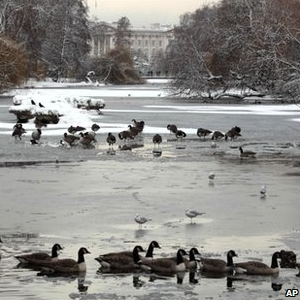
No comments:
Post a Comment